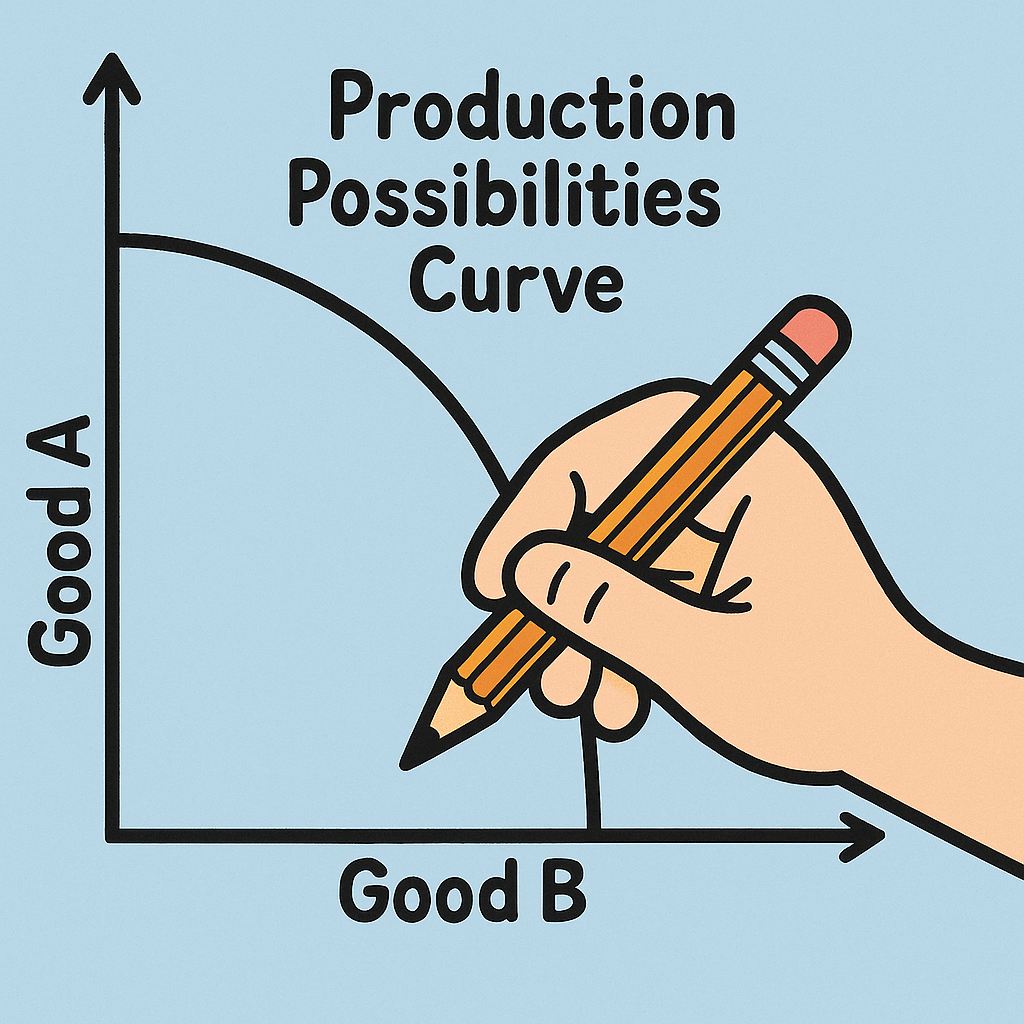
Grades 6-8

Don't have an account yet? Sign up for free
Don't have an account yet? Sign up for free
Students will be able to:

In this lesson from the Eco-Economics: Energy and the Environment curriculum, students learn about different incentives used to influence people’s energy consumption and then create incentive plans to conserve energy at their school.
Description of the lesson
In this lesson students will work towards answering the question: What is the best way to influence people’s behavior so they conserve energy at our school? Students begin by watching a short video about why energy conservation is important. Then, they read three primary sources to identify different types of incentives used to influence people’s energy consumption and categorize them as positive/negative and monetary/nonmonetary. Students work together to identify the benefits and costs of each incentive they read about. Next, working in groups, students develop two different incentive plans that could be used to influence people to conserve energy at their school and use cost/benefit analysis to determine which plan they will choose.
Economic Concepts
This lesson focuses on how monetary and nonmonetary incentives can influence people’s behavior, specifically their energy consumption. Students will see how institutions (like power companies) use prices and other incentives to affect energy consumption. Students will also evaluate the benefits and costs of the incentives and use economic decision-making to identify which incentive(s) would be “best” to use at their school.

Grades 6-8

Grades 9-12

Grades 9-12

Grades K-2, 3-5
